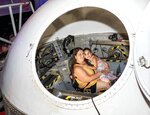
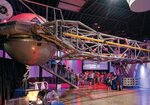
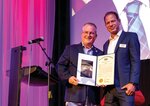

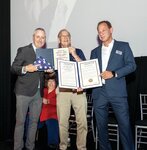


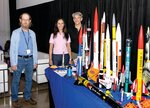
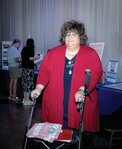
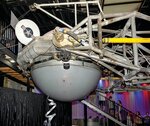
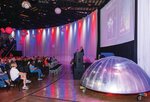

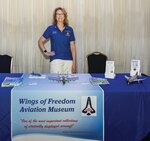
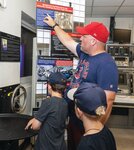

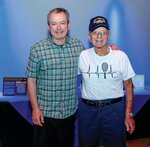
The Fuge in Warminster hosted a celebration of the 55th anniversary of Apollo 11 and 65th anniversary of Project Mercury this past weekend with hundreds in attendance.
The event kicked off with an open house, featuring educational materials, tours of the centrifuge, and countless displays.
According to the event site, it aimed to be a “celebration of aerospace heritage in the Greater Philadelphia region highlighting early U.S. manned space flight history in our backyard.”
The Fuge has a rich history; originally called the Johnsville Centrifuge, it has been converted into offices and an event space. The original centrifuge is still on display in the Fuge’s event space, and event-goers had a chance to tour the historic relic.
The Johnsville Centrifuge was responsible for training America’s first astronauts, including Neil Armstrong. It allowed pilots to experience the amount of G-force that they would be subject to on a high-speed rocket, as well as how it would feel if anything were to go wrong during takeoff.
The main program began with remarks from the area’s government representatives, including Rep. Brian Munroe, Sen. Frank Farry, and U.S. Rep. Brian Fitzpatrick. They each commented on the historical significance of the Space Race in Bucks County and presented Fuge owner Sam Cravero with citations recognizing the momentous occasion.
Fitzpatrick said that Bucks County’s involvement in the training of astronauts was “an incredible part of community history.”
The Keynote speaker, Danny S. Parker, is an accomplished author and researcher who is currently working on a biographical novel about Project Mercury and Scott Carpenter, who was one of the astronauts trained at the Johnsville Centrifuge.
Parker will be coming out with his book, “Aurora,” in the next couple of years. In order to do his research, he had to speak with “living witnesses.” These living witnesses included Bob Voas, who was involved in selecting and training those involved with Project Mercury, and Max Faget, who invented the form-fitting couch that allowed astronauts to safely handle the high G-levels they were exposed to in the centrifuge.
The centrifuge was an integral part of researching the extent of what the human body could handle when it came to space exploration.
“The centrifuge,” said Parker, “was THE ability to see if humans could survive what would happen if something went wrong.”
Join our readers whose generous donations are making it possible for you to read our news coverage. Help keep local journalism alive and our community strong. Donate today.